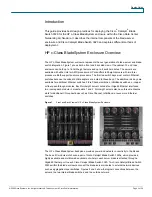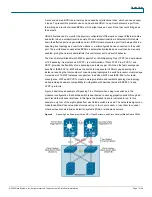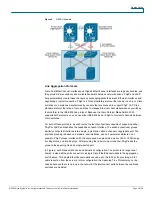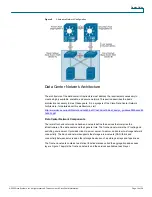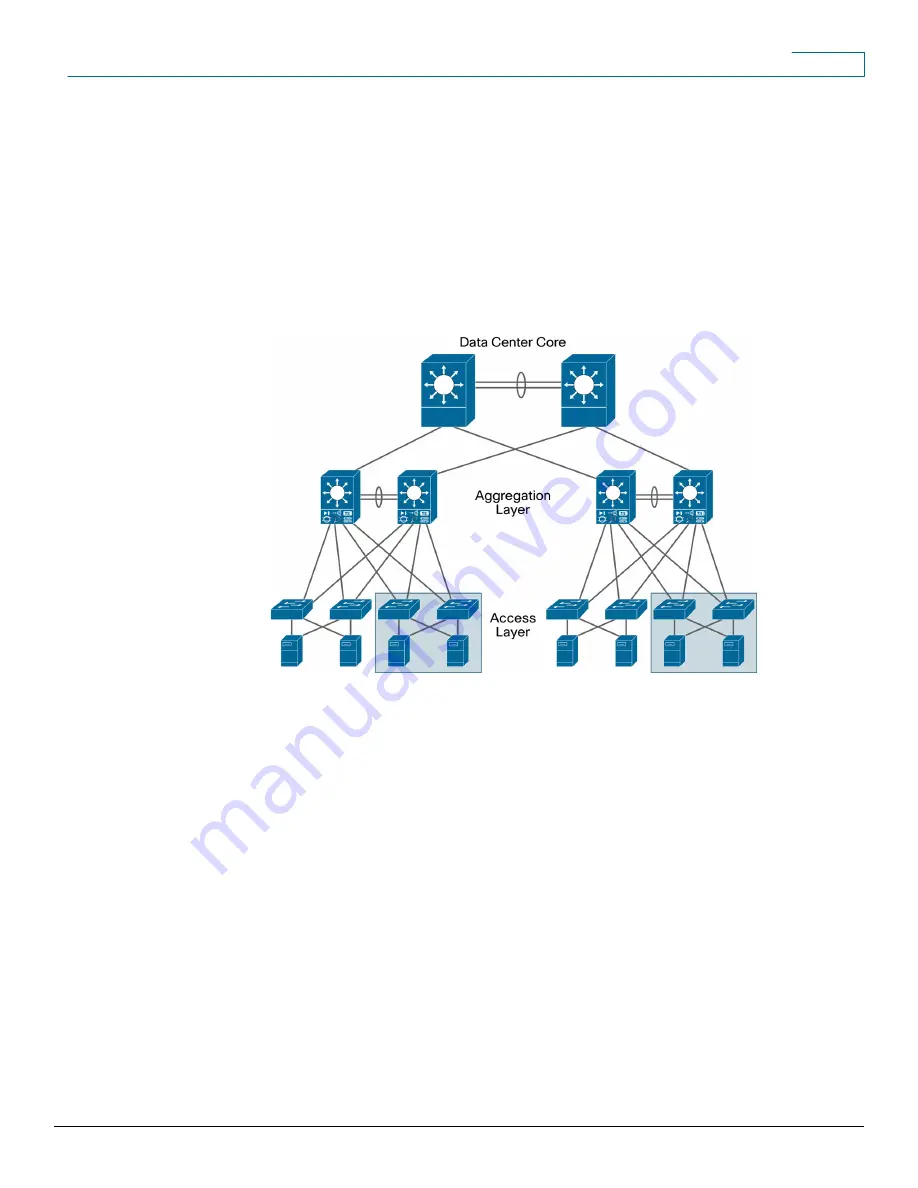
Design Guide
The data center core is a mechanism to replicate and horizontally scale the data center
environment. In the recommended design the aggregation and access layers are regarded as a
module that can be duplicated to extend the enterprise. Each data center module provides its own
network services locally in the aggregation switches. This approach allows the network
administrator to determine the limits of each data center module and replicate as necessary.
Figure 9 depicts the design of the data center core. The aggregation switches for each data center
module are attached at Layer 3 to the core. In addition, the aggregation switches house the service
modules required to support the server farms.
Figure 9.
Design of Data Center Core
Management
The Cisco Catalyst Blade Switch 3020 is accessible for management and configuration by any of
the following traffic paths:
●
Out-of-band (OOB) management
●
In-band management
●
Serial console port
These traffic paths provide three different management options for network administration and
support different user and application interfaces to the Cisco Catalyst Blade Switch 3020. The
remote management of the blade servers within the HP c-Class BladeSystem is critical to an
efficient and scalable data center. This section discusses these topics, as well as the iLO
connectivity options provided using the enclosure to the blade servers.
Out-of-Band Management
OOB management is the practice of dedicating an interface on the managed device for carrying
management traffic. It is also the recommended management method for blade systems. OOB
management isolates the management and data traffic and provides a more secure environment.
© 2008 Cisco Systems, Inc. All rights reserved. This document is Cisco Public Information.
Page 16 of 28


